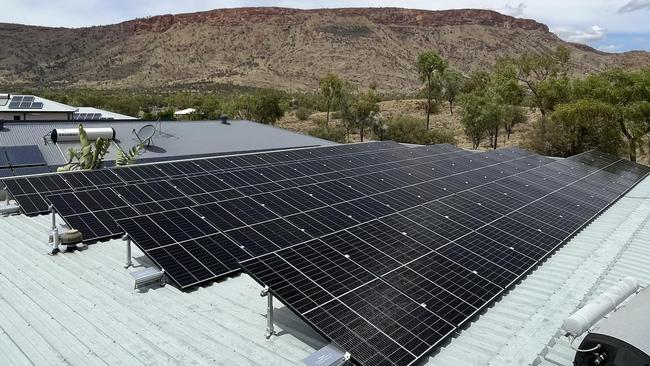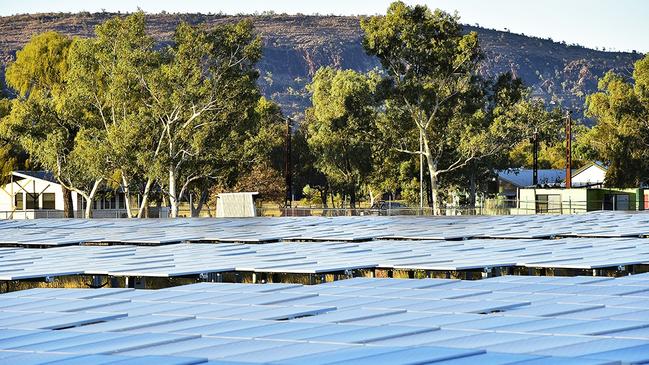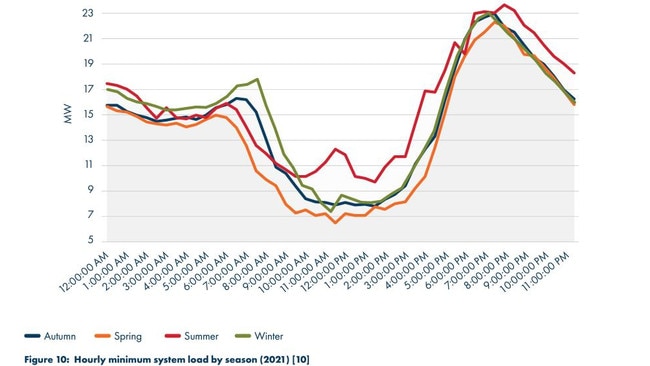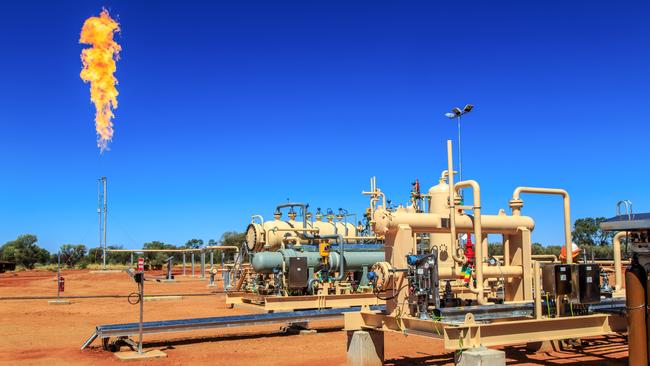Alice Springs energy: Rooftop solar uptake destabilising the grid – here’s how to fix it
Alice Springs’ energy grid is rapidly approaching threshold points past which it will become inherently unstable, driven by the surging uptake in rooftop solar. A new report has proposed fixes.

Northern Territory
Don't miss out on the headlines from Northern Territory. Followed categories will be added to My News.
The Northern Territory government needs to urgently stabilise Alice Springs’ energy grid amid an ongoing surge in the uptake of rooftop solar among households in the Red Centre, a new report has found.
The $12.5m Alice Springs Future Grid project, funded by the NT government to the tune of $3m, was launched in response to increasing penetration of variable renewable energy into the isolated grid, which has traditionally been powered 100 per cent by diesel and gas.
The project has now released its recommendations in a new report, ‘Alice Springs Roadmap to 2030’ – the year in which the government has set a target of 50 per cent renewable generation.
According to the report, the strong uptake in rooftop solar – 25 per cent of the township’s approximately 9000 households have photovoltaic panels on their rooves – is causing such precipitous plunges in minimum system demand during the middle of the day that dangerous thresholds have begun to loom for Alice Springs.
“Falling system demand [is] approaching the point beyond which the minimum number of conventional generators required to keep the entire power system functioning can safely operate,” the report said.

“The Alice Springs power system is facing an immediate and growing risk.”
Such a threshold was almost breached at 11.50am on October 9, 2022, according to the report, when the system load plunged to the dangerously low level of 5.67MW.
Peak demand in Alice Springs typically hovers around 50MW.
As a priority, the NT government needs to introduce emergency solar management to Alice Springs – the capability to remotely turn off (and on again) new and upgraded rooftop solar systems, the report found.

Deployment “is a critical priority to be completed by the end of 2024,” it said.
Large-scale batteries should also begin to be procured and deployed this year.
From 2025–2028, the report recommended additional measures, such as the introduction of a probabilistic forecasting system that would anticipate weather and therefore solar output in real-time, and ‘dynamic operating envelopes’, which allow rooftop solar systems to scale output up and down according to system load.

These measures would set the stage for the deployment of large-scale wind and solar developments, the report found, although how much will be required is dependent on how much rooftop solar continues to be added.
The report found it would cost between $156–$216m to convert Alice Springs’ energy grid to 50 per cent renewables by 2030 but result be offset by $53–$63m less spending on fuel.
Direct consumer savings, and additional costs from a possible future carbon pricing mechanism, were not modelled.





